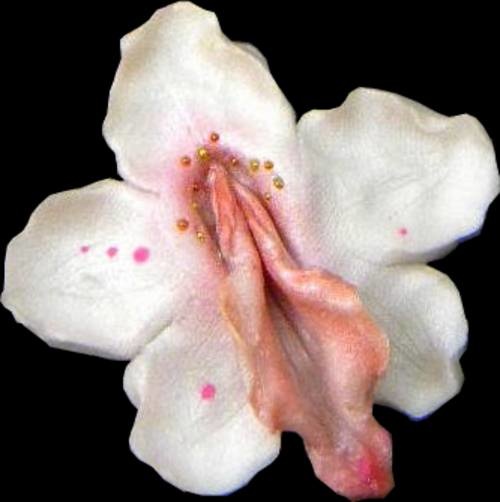VAGINA MUSEUM
- Posted on

A new Museum has opened in London last week. Its unlike any other because it’s a museum dedicated to vaginas of all shapes and sizes. Florence Schechter discovered there was a penis museum but no vulva equivalent back in 2017 and so the vagina museum was born.
The naming was a tricky topic as they at first did not want to call it vagina rather a vulva museum but vagina is much more commonly understood and so that stuck.
The way the museum will operate is as a in depth exhibit of all vagina anatomy including the uterus cervix and all external components. It will also call into question historical representation and the wider cultural implications around it. They also hope to crush the stigma around talking about female genitalia.
Throughout art history we don’t see much depiction of female genitals in the sense of birth and health. It’s a gap that is likely caused by fear of the unknown which only makes the taboo and stigma grow. Jonathan Wallers birth series for example was so questioned that some needed to be pulled from an exhibition because they were too shocking even though they were just depicting what one of vaginas many jobs can be, child birth and they were very beautiful.
Another artist who has done performance work around vaginas is Annie Sprinkle the former sex worker turned sex positive artist. In the 1990s her piece Public Cervix Announcement where audience members would be asked to look into her vagina with a flash light and speculum and speak on what they saw into a microphone. In a way trying to demystify the anatomy of the female reproductive/sexual organ.
The reason the vagina museum is so needed is there is still so much cultural lack of knowledge in that subject that keeps all people in the dark about the anatomy and representation of vaginas. They want to create a space where vaginas can be funny, messy or beautiful and people can learn.
Visit the art of loving Sex shop in Vancouver BC where you can find education-based information and plenty of toys to explore with.
The main source for this was here
